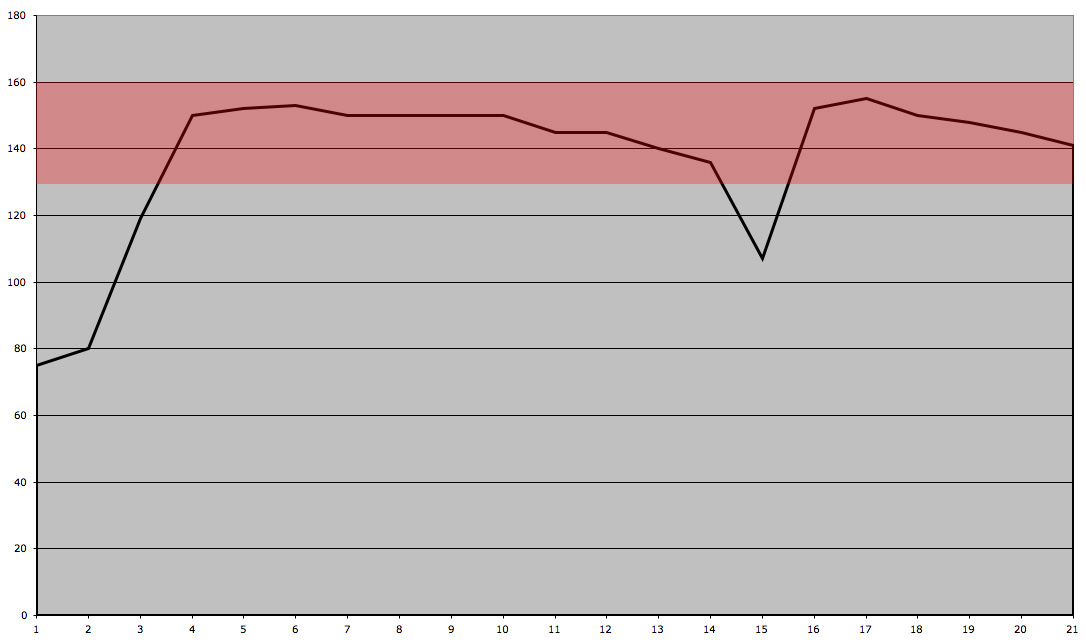 |
| Hand picked cotton from India fed the English Industrial revolution... at what cost? |
Microsping start-up is all geared to introduce a micro-revolution in the cotton industry. In order to understand why, we need to go back a in time in order to set the tone...
It is 1740, India is under the grip of the East India Company. To tap into the economic potential of their
Jewel in the Crown, rail-roads, bridges, canals and ports are developed in order to facilitate the transport of raw
Cotton from India's hinterland to the ports on the west coast. The systematic plunder of the country leads to to the great
famine of 1770. Towards the turn of the century, British textile mills are now so mechanised that in order to feed this mammoth industry, American cotton (cheaper and of better quality) is imported. In order to ship cotton, it has to be packed into bales, a manual process in India that requires over
600 man-hours per bale. The cotton export in India slows down, unable to compete with the Americans. The American civil-war quickly turns the tables as blockades of southern American ports by the confederates stops the supply of the raw material to the English mills. For a while the English industry turn to Egyptian cotton, eventually leading to that
nation's bankruptcy.
In the mean time, India's cotton production had
vastly improved and much effort was put in by the colonial rulers to reduce the price of export to a minimum with mechanised baling. The situation was aptly summarised by Gandhi,
- English people buy Indian cotton in the field, picked by Indian labor at seven cents a day, through an optional monopoly.
- This cotton is shipped on British ships, a three-week journey across
the Indian Ocean, down the Red Sea, across the Mediterranean, through
Gibraltar, across the Bay of Biscay and the Atlantic Ocean to London.
One hundred per cent profit on this freight is regarded as small.
- The cotton is turned into cloth in Lancashire. You pay shilling
wages instead of Indian pennies to your workers. The English worker not
only has the advantage of better wages, but the steel companies of
England get the profit of building the factories and machines. Wages;
profits; all these are spent in England.
- The finished product is sent back to India at European shipping
rates, once again on British ships. The captains, officers, sailors of
these ships, whose wages must be paid, are English. The only Indians who
profit are a few lascars who do the dirty work on the boats for a few
cents a day.
- The cloth is finally sold back to the kings and landlords of India
who got the money to buy this expensive cloth out of the poor peasants
of India who worked at seven cents a day. (Fisher 1932 pp 154–156)
This further
ruined the country, leaving its footprint and consequences long after the English masters had departed.
The legacy
 |
| Cotton trucked to baling factories |
Today, Indian cotton industry relies on the legacy of its British masters. The commercial cotton industry has not evolved for lack of leadership and innovation. Cotton is
trucked to a baling facility (an energy intensive
process), the bales are carried to cotton mills that unpack the bales (another energy intensive process) and finally spun and weaved into yarn. Bales where introduced specifically to address shipping issues to English mills. So why do we still bale cotton when spinning and weaving is relative stone throw from the cotton fields?
Spinning a new era
Enters
Microspin, a small Chennai based start-up company that is turning the industry on its head. The concept behind Microspin's business model is simplicity and efficiency. Get rid of the baling process! Spin the cotton next to where its grown by introducing micro-spin setups using electronic controls to lower the energy cost and render the process more efficient. Not only does the model makes perfect sense in light of the history of cotton farming in India, but the greatest contribution is the value addition the farmers can leverage with this set up, allowing them to sell spun cotton at a higher cost than the raw material.























